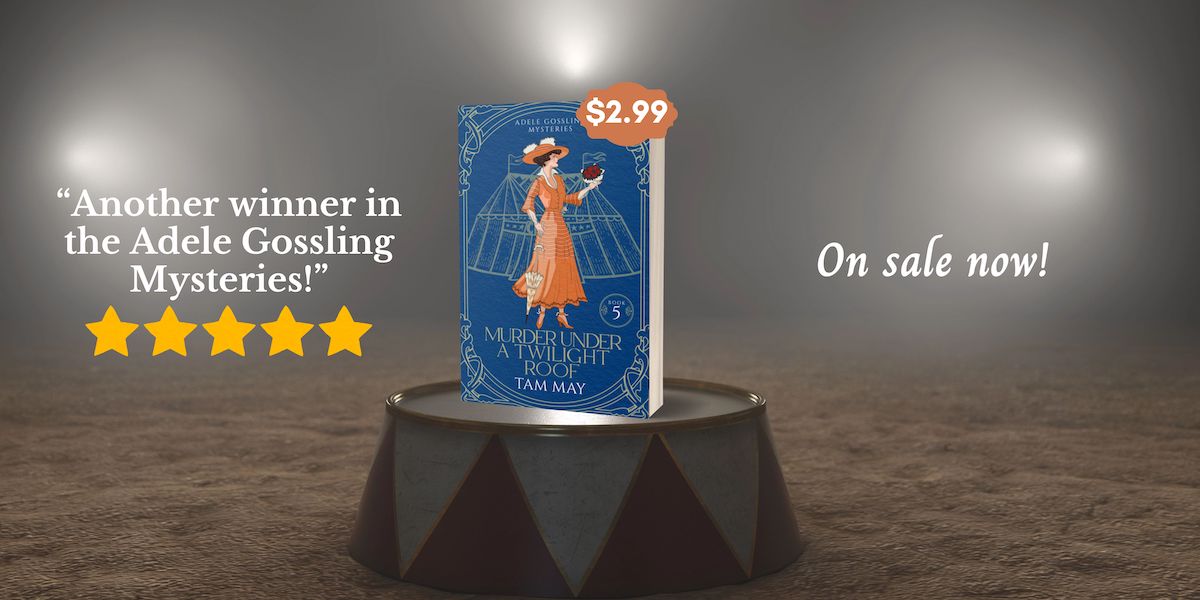How would you like to be a member of a secret club that once included Agatha Christie, Dorothy L. Sayers, C.S. Lewis, and J. R. R. Tolkien? I don’t know about you, but as a mystery fiction writer, my answer would be “Sign me up!”
Did such a club really exist? It did indeed. It was called The Detection Club and it begin in 1930 at the height of the Golden Age of Crime Fiction. Some of its founding members were those mentioned above. These British mystery writers wanted to form a community of like-minded authors working in the genre of crime fiction (the majority of them writing traditional “whodunits”). They realized the benefits of having their own version of a Facebook group in the days when there was no Facebook and even no internet.

Photo Credit: Meeting of The Detection Club when GK Chesterton was its president, 1930s, unknown author: Peter Philim/Wikimedia Commons/PD UK
Although the club had some confidential rituals (it was a secret club, after all), there were some that are known to us which, on the face of it, sound corny at best, ridiculous at worst. For example, the initiation ceremony required new members to place their hand on a skull and take the following oath while the president of the club stood over them dressed in a red cloak and carrying a torch:
“Do you promise that your detectives shall well and truly detect the crimes presented to them using those wits which it may please you to bestow upon them and not placing reliance on nor making use of Divine Revelation, Feminine Intuition, Mumbo Jumbo, Jiggery-Pokery, Coincidence, or Act of God?”
Sounds pretty silly, right? But the club’s initiation oath shows its members took crime fiction very seriously. In fact, their approach to the genre was based on rules set by Ronald Knox, one of its members. Knox created the “Knox Commandments” which, among other things, set ground rules for writing mystery stories that would ensure authors played fair with readers. Some of these rules included avoiding cliches such as too many secret rooms, supernatural forces interfering with the amateur detective’s efforts to solve the crime, and coincidences popping up out of nowhere at just the right moment. You can read the Knox Commandments here (but be warned some rules might not gel with our more enlightened 21st-century ideas).
The Detection Club wasn’t just about poking fun at mystery tropes and cliches (the skull and red cloak). They were a serious group dedicated to educating their members and improving the standards of mystery fiction. Crime fiction in the mid-20th century was too often given the status of pulp fiction, and they wanted to prove mysteries were just as good as any other genre. To this end, members were able to attend lectures by crime and forensic experts and social gatherings where they could mingle and get insights on improving their craft from other members.
My first exposure to The Detection Club was a while back when this link showed up in my inbox. I was intrigued that, first of all, so many of my absolute favorite classic mystery writers not only knew one another but were members of the same club. I was also fascinated by the club’s integrity and commitment to “fair play” and its determination to see that its members followed those rules.
Does the club still exist today? You bet it does! It still caters to the genre’s elite and boasts PD James, Colin Dexter, and Ruth Rendell on its member list. I’m not sure the ritual of the skull and cloak is still in use, but the club is all about maintaining the integrity of mystery fiction and creating a social circle where mystery writers can improve their craft.
Want to read mystery fiction that avoids divine revelation, mumbo-jumbo, and jiggery-pokery (but maybe not the feminine intuition, at least, not entirely)? Take a look at the Adele Gossling Mysteries! The first book will be out on April 30, but you can preorder it at a special price here.
If you love fun, engaging mysteries set in the past, sign up for my newsletter to receive a free book, plus news about upcoming releases, fun facts about women’s history and mystery, and more freebies! You can sign up here.
Works Cited:
The Detection Club oath: https://elegsabiff.com/2013/04/20/a-z-challenge-rules-of-the-detection-club-circa-1929/








